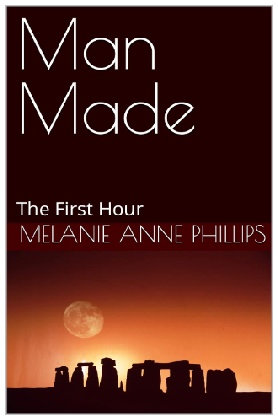|
Write Your Novel |
|
For Story Structure |
|
For Story Development |
|
|

|
|
~ Step 135 ~
Theme -
In this step, select from your act one thematic illustrations the scenarios you wish to explore in the last third of the first act that will conclude the thematic introductions and set the stage for continued development in step 2.
After this step, you should have no unused thematic illustrations from the material you created for act one remaining. If you do, work them into the beginning, middle or end of the first act unless they are no longer appropriate to the flow of your novel.
Keep in mind that you should never bring the message issue and counterpoint into the same scenario.